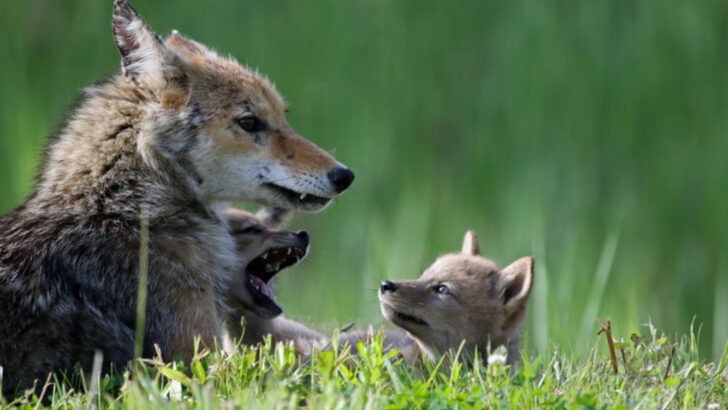Think you know all about dogs? Think again. Coyotes are their wild cousins, but don’t let that fool you—these two animals are more different than you might expect.
While dogs have been by our sides for centuries, coyotes remain untamed and unpredictable, thriving in nature’s wildest corners. From their sleek coats to their clever behavior, coyotes are nature’s ultimate survivors.
Sure, both can bark, but that’s where the similarities end. Coyotes have instincts and traits that set them apart, from their cunning hunting skills to their solitary lifestyle.
Ready to explore the wild side of the canine family? Let’s break down the key differences between coyotes and dogs, and discover what truly makes these two species so unique.
Size and Build
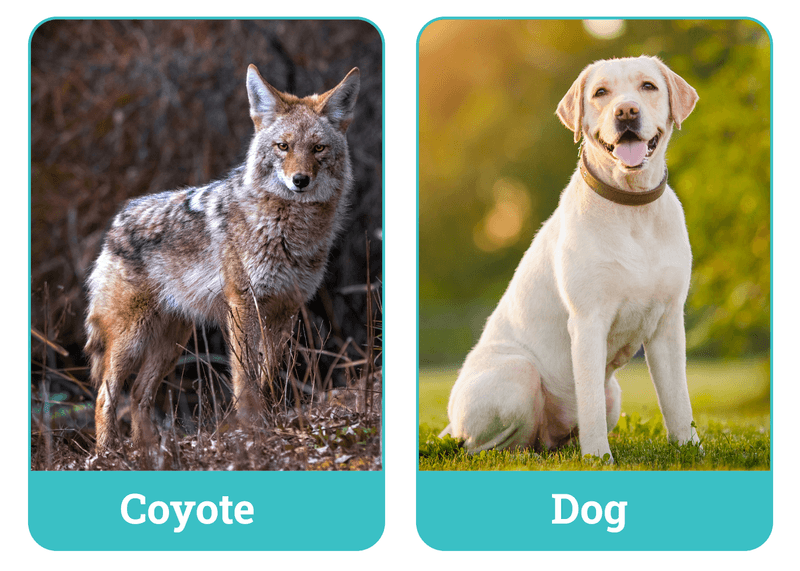
Coyotes generally possess a lean, agile build, appearing more slender than most domestic dogs. They have a narrow muzzle, bushy tail, and longer legs. This anatomy aids in their endurance and speed, crucial for survival in the wild. In contrast, domestic dogs come in various shapes and sizes due to selective breeding. Many breeds, like the stocky Labrador, have robust builds tailored for specific roles, such as retrieving or guarding. While both animals can run, coyotes are more adapted to long-distance travel. This structural difference highlights their divergent evolutionary paths.
Vocalizations
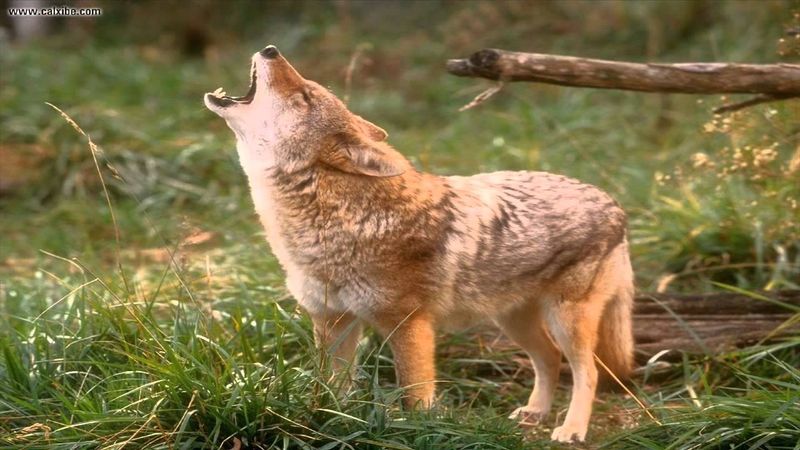
Coyotes are known for their distinct vocalizations, including howls, yips, and barks. These sounds are used for communication within their pack, often heard during the night. Their vocal repertoire is complex and serves various social functions. Dogs, on the other hand, primarily use barking as their main form of vocalization. Depending on the breed, dogs might whine, growl, or howl, but barking remains the dominant sound. This difference in vocal communication reflects their distinct lifestyles and social needs. While coyotes rely on vocalizations for pack coordination, dogs often use them to interact with humans.
Social Structure
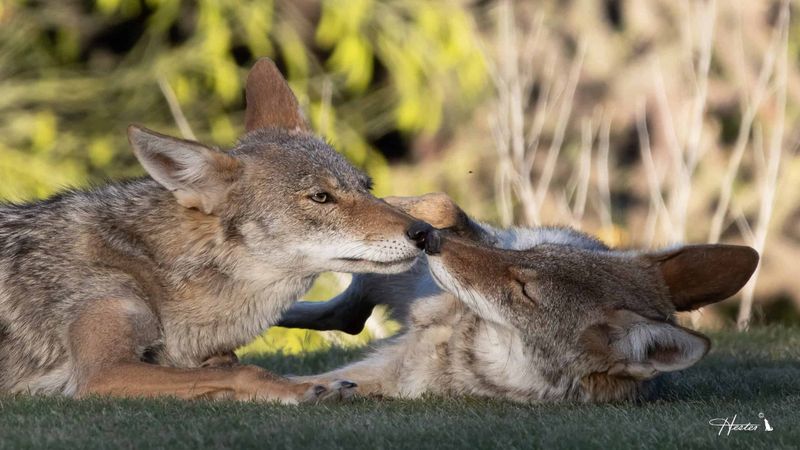
Coyotes typically live in family units known as packs, led by a dominant breeding pair. This social structure facilitates cooperation in hunting and caring for young. Packs often consist of parents and their offspring, making family bonds crucial. In contrast, dogs have been domesticated for thousands of years, leading to varied social behaviors. Domesticated dogs often see humans as their pack leaders and are more adaptable to living with other dogs and humans. This adaptability stems from their evolution alongside humans, highlighting their role as companions rather than wild hunters.
Dietary Habits
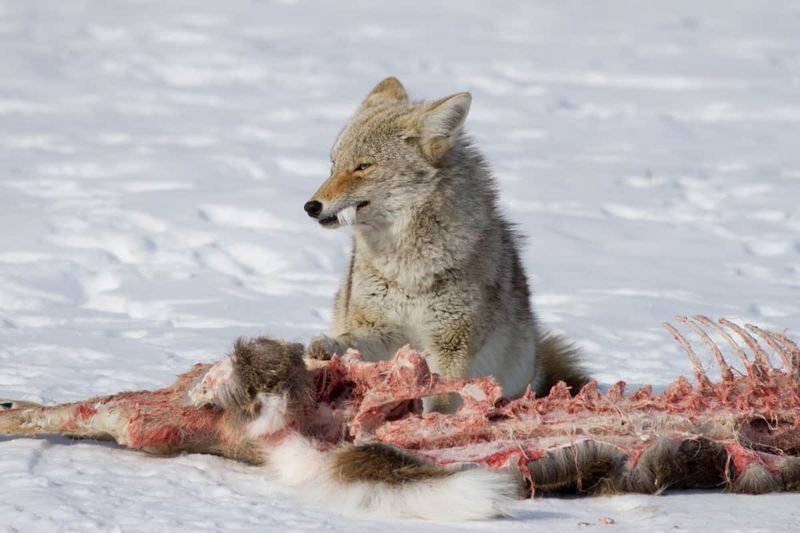
Coyotes are opportunistic feeders with a diet that includes small mammals, birds, and even fruits. Their varied diet allows them to adapt to different environments. They often hunt alone or in pairs, relying on stealth and speed. Dogs, however, have been fed by humans for generations. Their diet mainly consists of commercial dog food, designed to provide balanced nutrition. While some dogs may hunt small animals, they rely heavily on humans for sustenance. This reliance on human-provided food signifies a major divergence in their survival strategies, emphasizing domestication.
Habitat Preferences
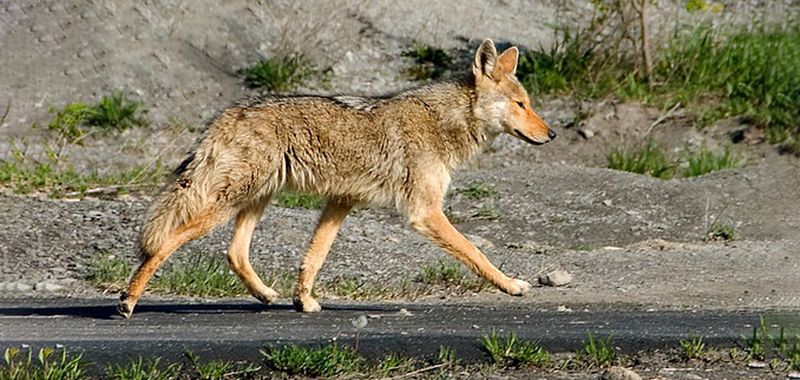
Coyotes are highly adaptable, found across various habitats, including forests, deserts, and urban areas. Their resilience allows them to thrive in diverse environments, often exploiting human-altered landscapes. Dogs, conversely, are primarily found in domestic settings. Their habitat preferences are influenced by human lifestyles, from cozy apartments to sprawling estates. Because dogs live with humans, their survival depends less on natural landscapes and more on human interaction. This contrast in habitat preference underscores their adaptation to different roles: wild survivor versus human companion.
Lifespan
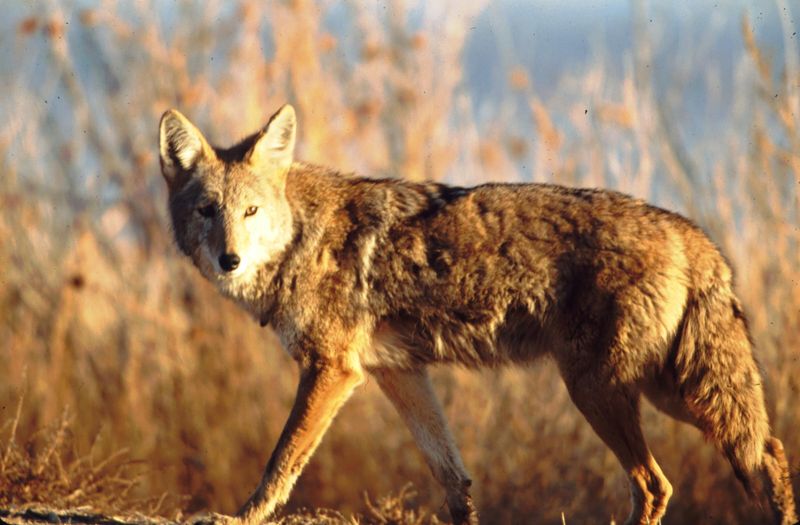
In the wild, coyotes have an average lifespan of 10 to 14 years, depending on environmental factors and threats. They face challenges like hunting, habitat loss, and diseases, influencing their longevity. Domestic dogs have a varied lifespan, typically ranging from 10 to 15 years, with some breeds living longer due to better care and medical advancements. Factors such as breed, size, and lifestyle significantly affect a dog’s lifespan. The supportive care provided by humans allows dogs to often outlive their wild counterparts, reflecting the impact of domestication on their life expectancy.
Reproductive Behavior
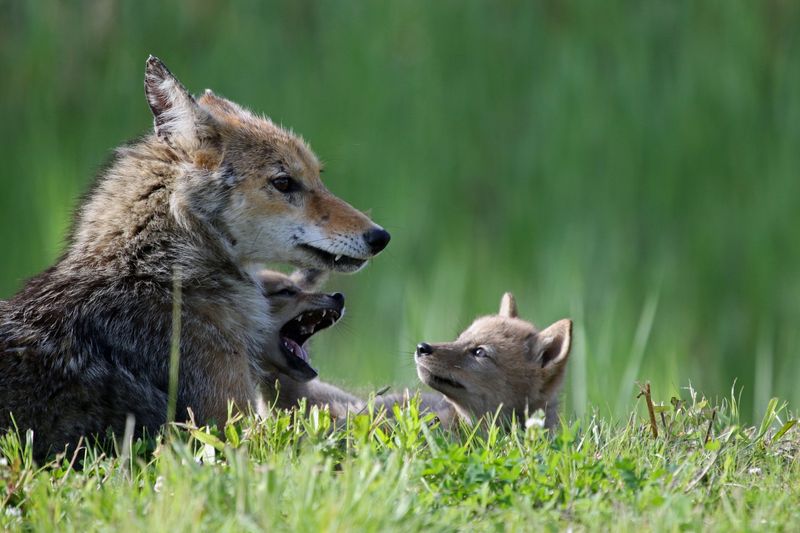
Coyotes usually mate for life, forming strong pair bonds. The breeding season occurs once a year, with both parents involved in raising their young. This commitment ensures the survival of their offspring in the wild. Domestic dogs, however, do not form lifelong bonds, often mating with different partners. Their breeding can occur several times a year, influenced by human intervention. Humans often control and manage dog breeding to ensure healthy offspring. These reproductive differences reflect the roles each species plays in their respective environments and the influence of human interaction.
Territorial Behavior
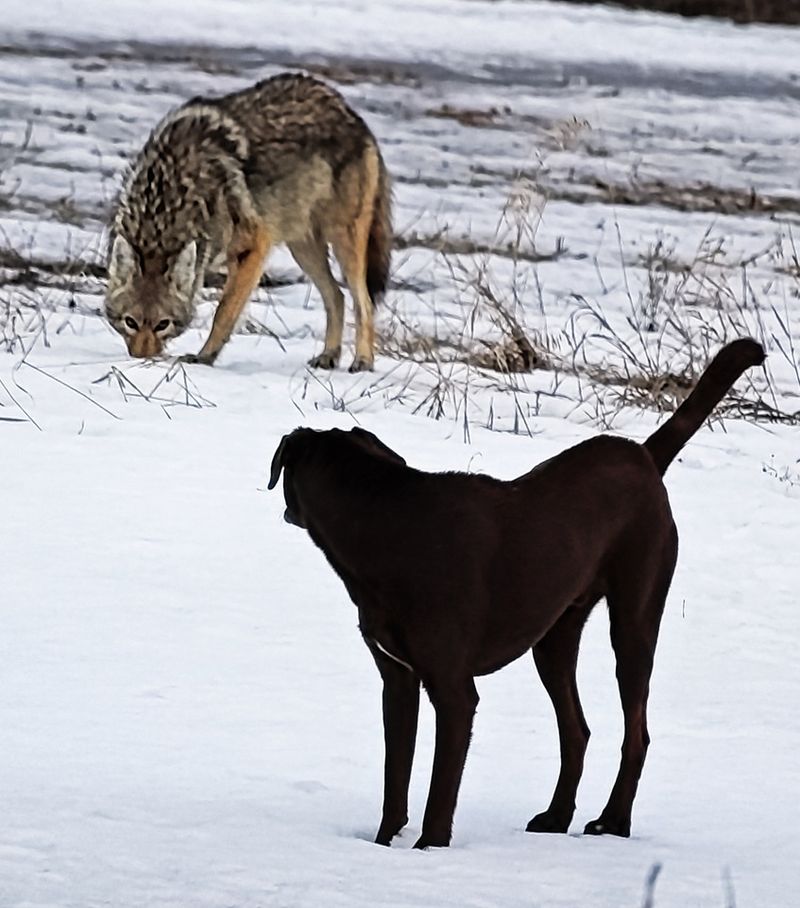
Coyotes are territorial animals, using scent markings and vocalizations to establish and defend their territories. They often travel and hunt within a defined area, which helps manage resources and avoid conflicts. On the other hand, domestic dogs are less territorial due to their dependency on humans. While they may mark their surroundings, their territories are often defined by human boundaries like yards or homes. This behavior underscores their reliance on humans for protection and sustenance. The difference in territorial behavior highlights the adaptation of coyotes to wild environments versus the domesticated lifestyle of dogs.
Physical Characteristics
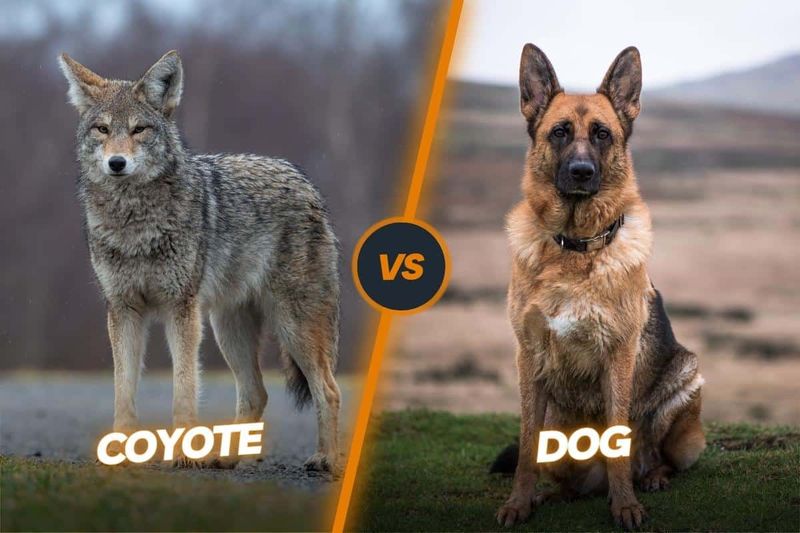
Coyotes possess distinct physical traits such as pointed ears, sharp features, and a bushy tail. These characteristics are well-suited for survival in the wild, aiding in keen senses and agility. Domestic dogs exhibit a wide range of physical features due to breeding diversity. From floppy ears to curly tails, their appearance varies greatly depending on the breed. This diversity in dogs results from selective breeding for specific traits. The variance in physical characteristics between coyotes and dogs highlights their evolutionary paths and adaptation to their environments, with coyotes developing traits for survival and dogs for companionship.
Intelligence and Problem Solving
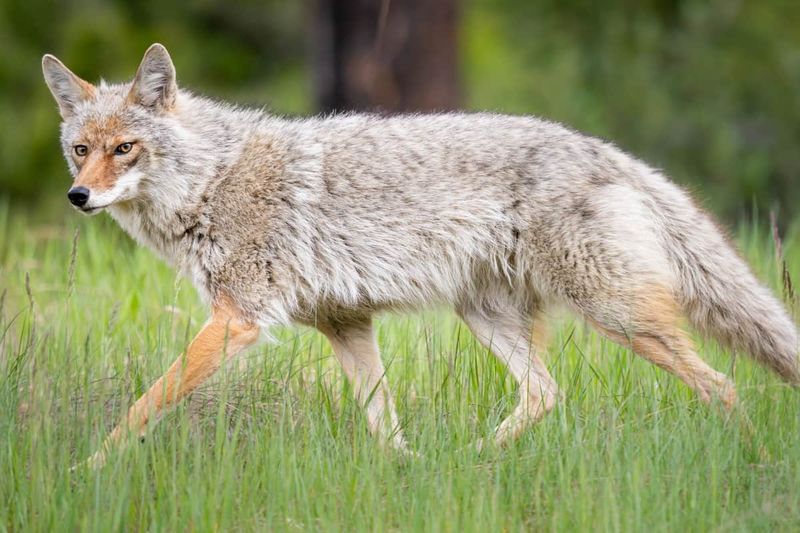
Coyotes are known for their intelligence and problem-solving capabilities, crucial for survival in diverse environments. They exhibit adaptive behaviors, learning from experiences to overcome challenges. Domestic dogs also display intelligence, often seen in their ability to learn commands and solve puzzles. However, their problem-solving is influenced by human interaction, as they rely on guidance and training. While both species show cognitive abilities, coyotes rely on innate skills for survival, whereas dogs are shaped by human companionship. This distinction highlights the role of environment and interaction in their cognitive development.
Senses and Adaptations
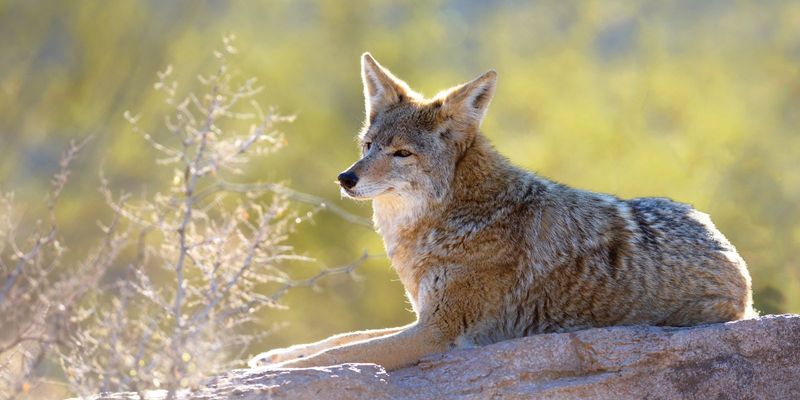
Coyotes have finely tuned senses, including sharp hearing and a keen sense of smell, aiding in hunting and predator avoidance. These adaptations are essential for navigating the wild, ensuring they can detect prey and danger effectively. Domestic dogs also possess enhanced senses, especially smell, often used in activities like search and rescue. However, their sensory skills are frequently honed through training and human interaction. The sensory adaptations of coyotes and dogs illustrate their evolutionary paths, with coyotes’ senses developed for survival and dogs’ often improved through human collaboration.
Relationship with Humans
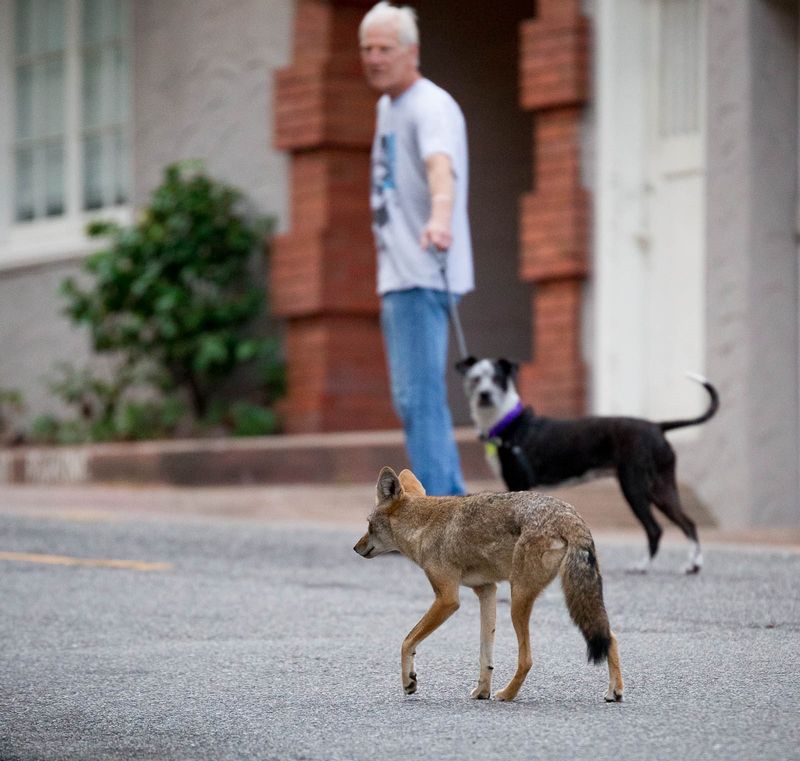
Coyotes generally maintain a cautious relationship with humans, often avoiding direct contact unless necessary. This wary behavior stems from their need to survive in the wild and avoid threats. In contrast, domestic dogs share a close bond with humans, built over thousands of years of domestication. Dogs are loyal companions, thriving on human interaction and care. This relationship is characterized by mutual benefits, with dogs providing companionship and humans offering protection and sustenance. The differing relationships highlight the contrasting roles of each species in human environments.
Coat and Coloring
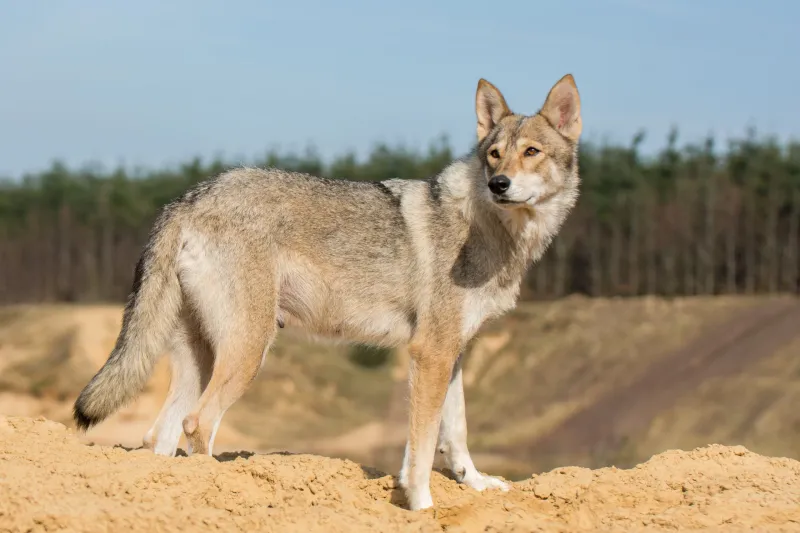
Coyotes typically have a coat of mixed colors, including grays, browns, and reddish hues, providing camouflage in their natural habitats. This coloring aids in blending into various environments, crucial for hunting and evading predators. Domestic dogs exhibit a wide range of coat colors and patterns due to selective breeding. From the spotted coat of a Dalmatian to the golden fur of a Retriever, their appearance is diverse and often tailored for aesthetic or functional purposes. The difference in coat and coloring between coyotes and dogs reflects their distinct evolutionary paths and adaptation strategies.
Domestication and Evolution
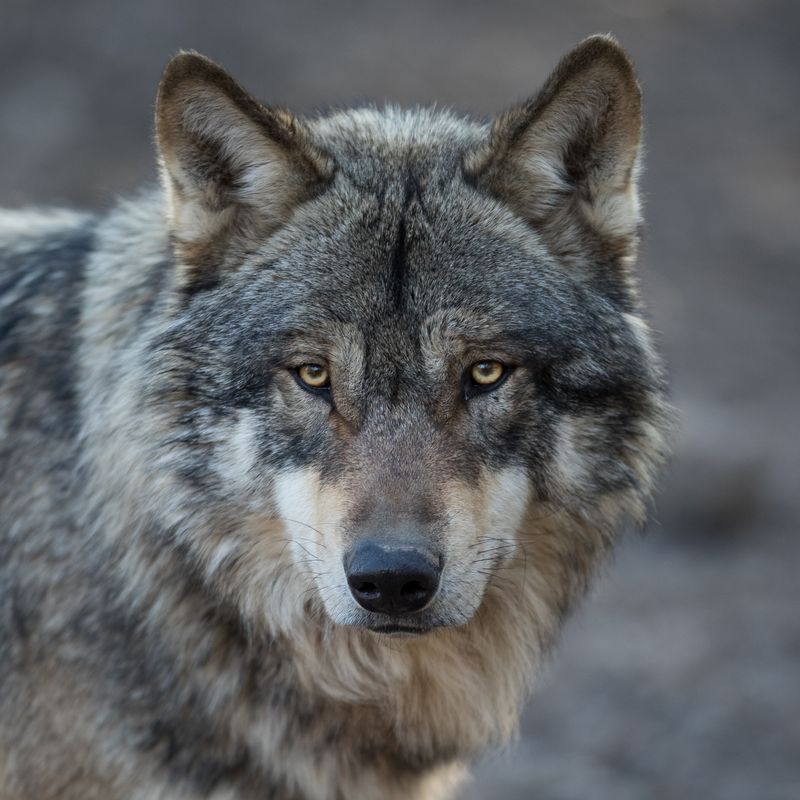
Coyotes and dogs share a common ancestry with wolves, but their evolutionary paths diverged significantly. Coyotes remained wild, adapting to various habitats and maintaining their survival instincts. Domestic dogs evolved alongside humans, undergoing significant changes through selective breeding. This process led to diverse breeds, each with unique traits and temperaments. The domestication of dogs resulted in their dependency on humans, unlike coyotes, which retained their independence. This evolutionary divergence highlights how environmental pressures and human interaction shaped the distinct characteristics and roles of coyotes and dogs in ecosystems.
Activity Patterns
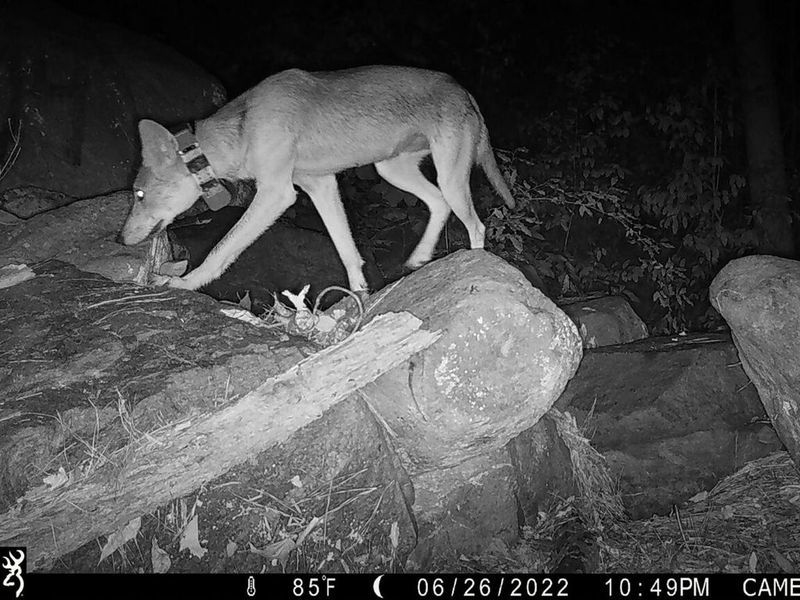
Coyotes are primarily nocturnal, with peak activity during dawn and dusk. This behavior aids in avoiding human interactions and predators while optimizing hunting opportunities. Their adaptability allows them to switch activity patterns when necessary. Domestic dogs, however, tend to align their activity with human schedules. They are more active during the day, engaging in activities like play and walks. This alignment illustrates their integration into human lifestyles, a result of domestication. The contrast in activity patterns between coyotes and dogs underscores their adaptation to different environments and roles, with coyotes thriving in the wild and dogs in domestic settings.
Communication and Body Language
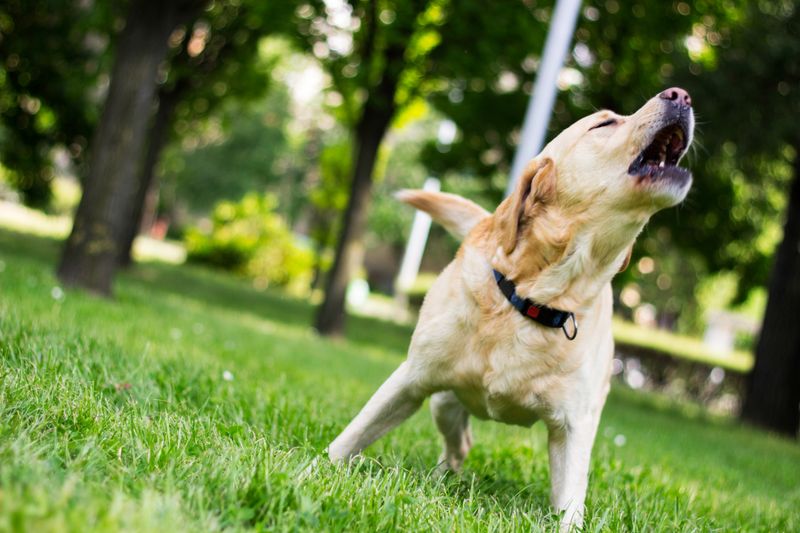
Coyotes use a range of body language cues to communicate with each other, including tail positioning, ear movements, and facial expressions. These signals are vital for maintaining pack hierarchy and cooperation during hunts. Domestic dogs also use body language, but their gestures often cater to human interaction. From wagging tails to playful bows, dogs communicate effectively with humans, enhancing their role as companions. The difference in communication styles highlights the adaptation of each species to their environments, with coyotes relying on intra-species signals and dogs on inter-species interactions.

